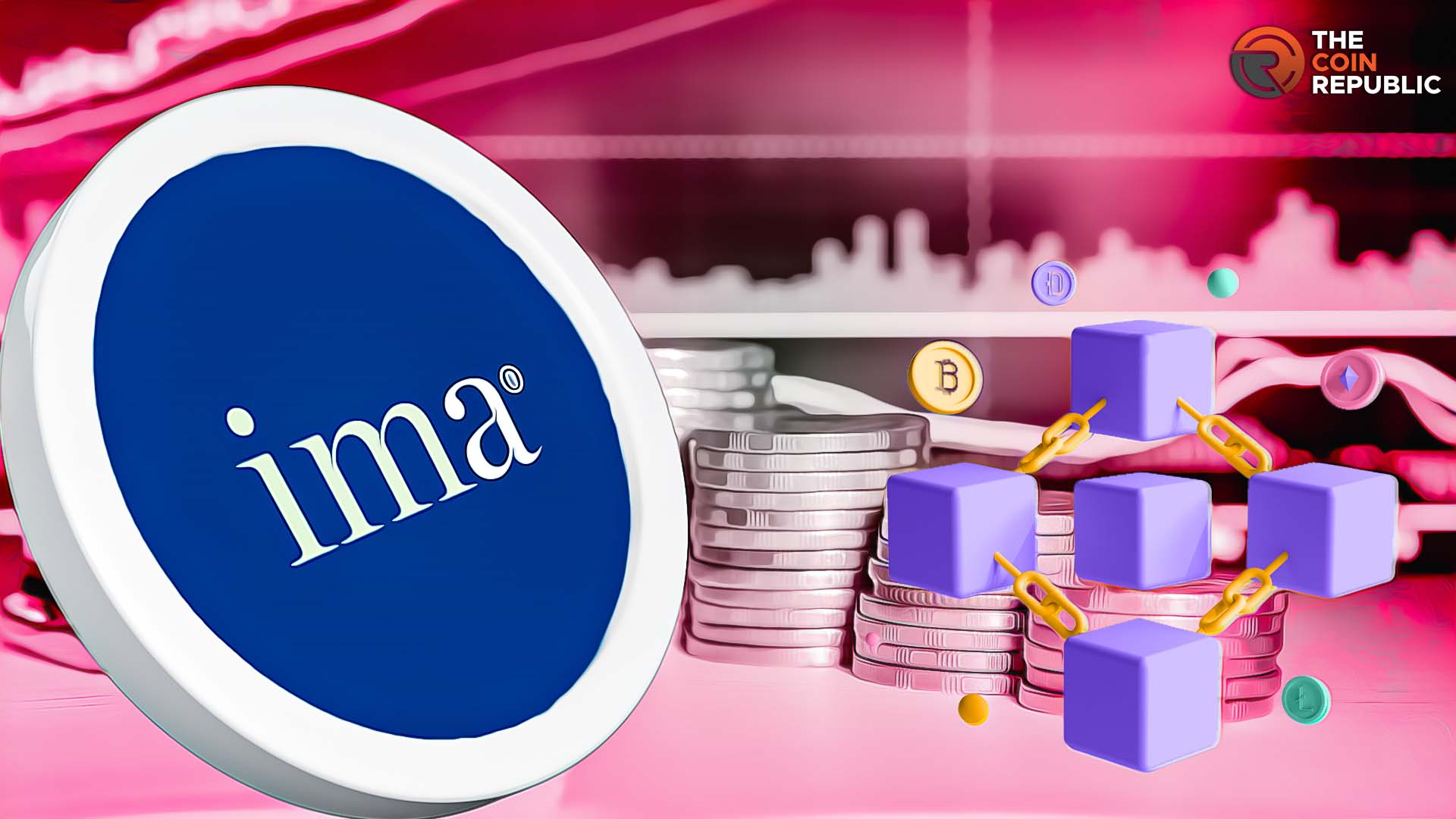Memecoin Mania and NFTs Bring a “Seismic Shift” for Bitcoin Mining

(Bloomberg) — An outbreak of memecoins and non-fungible tokens on the Bitcoin blockchain has reshaped the income profile of miners and raised questions about how lasting the upheaval will prove to be.
Most read from Bloomberg
New software known as Ordinals paved the way for NFTs and meme tokens to come to the network this year. Galaxy Digital Holdings Ltd. says the Bitcoin NFT ecosystem could be worth $4.5 billion by 2025, while around 25,000 memecoins have been counted on the blockchain since they first appeared in March.
The NFT and meme token craze spurred record transactions and a subsequent drop in prices for miners, who run the computers that underpin Bitcoin. At one point in May, transaction fees accounted for over 40% of revenue, while miner earnings are usually dominated by the new Bitcoin they receive to secure the blockchain.
“The Ordinals protocol has stimulated a seismic shift in the Bitcoin mining landscape,” said Jihan Wu, chairman of Singapore-based Bitdeer Technologies Group, one of the top cryptominers in computing power.
Ordinals and a crypto rebound have eased the pressure on mining margins caused by last year’s digital assets and high energy costs. But Bitcoin purists argue that the Ordinals phenomenon is clogging the network and disrupting the largest cryptocurrency’s store of value and payment functions.
The average fee per transaction on the Bitcoin blockchain began in April at $2.80, reached $30 on May 8 and moderated to $6 on May 18, CryptoQuant data shows. Total fee income attributable to Ordinals is around $37.4 million, according to data compiled by Dune Analytics AS.
Developer Casey Rodarmor created Ordinals, a software protocol that allows users to enter digital content such as videos, images and text in satoshis, the smallest unit in Bitcoin. There are 100 million satoshis in one Bitcoin.
Rodarmor’s innovation then allowed a pseudonymous blockchain analyst called Domo to develop the Bitcoin Request for Comment – or BRC-20 – standard, leading to the explosion of memecoins.
The durability of the sudden craze for NFTs, or digital collectibles, and speculative tokens on the Bitcoin blockchain remains an open question. The market value of memecoins was heading towards $1 billion earlier in May, but has since fallen to around $582 million, figures from BRC-20.io show.
The BRC-20 tokens have no use, said Carlos Gonzalez Campo, a research analyst at crypto exchange-traded product provider 21Shares AG.
The basic takeaway may be that Ordinals have created a path to use of the Bitcoin network that did not exist before.
“While the memecoin frenzy on Bitcoin will likely subside eventually, valuable use cases will emerge from the chaos, such as using Bitcoin as a data availability layer and storing important documents that require permanent preservation,” said Sami Kassab, a research analyst at Messari.
Shares Rally
A sustained boost to transaction revenue can help sustain the Bitcoin network in the longer term by keeping miners engaged. Transactions will be the only source of income within approx. 2140, when Bitcoin will reach the cap of 21 million tokens and new coins will no longer be issued in return to secure the blockchain.
For now, Ordinals are helping to fuel renewed investor enthusiasm for Bitcoin miners. The 20-member MVIS Global Digital Assets Mining Index is up 110% so far in 2023, outpacing Bitcoin’s 74% advance.
The application of ordinals “completely rewrites how people think about profitability in mining,” said Colin Harper, head of content and research at crypto mining services provider Luxor Technologies.
Most read from Bloomberg Businessweek
©2023 Bloomberg LP
























